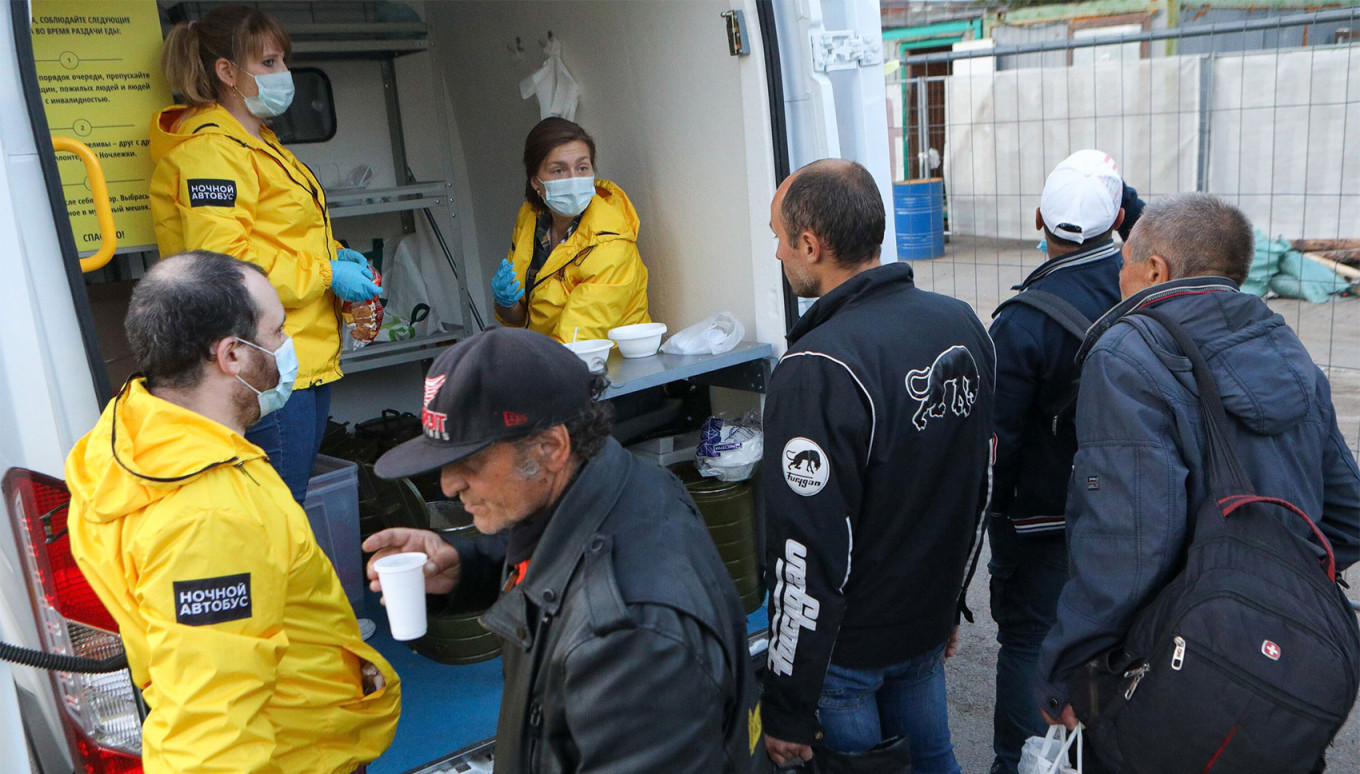Stem cells for bone marrow transplants have just 48 hours to reach the patient in need. Any longer than this, and they’ll die.
In peacetime, 48 hours was more than enough time to ship stem cells from the Stefan Morsch Stiftung in Germany’s Black Forest to Moscow — the delivery would take just one flight and one courier.
But when the EU closed its airspace to flights bound for Russia in response to the Kremlin invasion of Ukraine earlier this year, suddenly getting stem cells to those in need on time became more of a challenge.
One children’s charity, Podari Zhizn (“Gift of Life”), has now been forced to use its so-called “pandemic route,” which it first tried in 2020 and which involves a courier from Germany and a courier from Russia traveling to meet each other at Istanbul Airport, the charity’s CEO Ekaterina Shergova explains.
While the pandemic route is far more expensive, time-consuming and prone to complications than the normal route, it is currently the only practical option.
According to AdVita, another charity supporting bone marrow transplants, some 200,000 Russians have added their names to a register of potential stem cell donors — a significant number, but one that’s insufficient for the needs of 144 million people, which is why Russian clinics and charities have long partnered with foreign donor registers.

Within days of the start of Russia’s invasion of Ukraine, Western courier companies announced that they were suspending all deliveries to Russia, air space was closed and traffic jams formed at Russia’s land borders.
The delivery time for medical supplies and medicines has increased from a few days to several months, and some manufacturers simply no longer do business with Russia at all.
While DHL resumed deliveries of medical supplies to Russia in April, its prices are steep.
AdVita reports that the cost of some medicines has risen by 30-50% since February and that most suppliers now require prepayment in full, often leaving charities with no emergency funds.
Additionally, the delivery time for some medical equipment has increased to 200 days, Shergova says.
Medicine is in short supply not only for people but for animals too.
Vera Mitina, the founder of Nika, Russia’s leading care provider for stray animals, says that its entire Trap-Neuter-Return program is now threatened due to a drastic shortage of the imported anesthetic Telazol.
“Our foundation alone uses about 100 tubes of Telazol per month, enough for 350-380 animals. Last month the manufacturer gave us just 10 tubes. Because of delays at the borders they simply have to split one truck of anesthetic across the whole country,” Mitina says.
Supply issues are not the only problem charities in Russia are facing due to the war. Currency fluctuations, rising prices and the difficulty of raising additional funds are other challenging factors.
In the first month after the invasion, many charities noted a sharp decline in individual donations, as many people were unable to transfer money after major credit cards and payment services withdrew from Russia.
Daria Baybakova, CEO of Nochlezhka, Russia’s largest organization helping the homeless, also linked the decrease in one-time donations with the blocking of Facebook and Instagram — as well as most independent media — by the Russian government.
“We now have far fewer platforms and channels through which we can tell people about homelessness and our work,” Baibakova says, adding that Nochlezhka had lost as much as $250,000 worth of donations this year.

Another shock came from the exodus of Western businesses from Russia, many of which put all their work on hold or even shut down their regional offices.
“It is clear now that the corporate money is gone, at least the money from international business,” says Tatiana Zadirako, co-founder of the Social Navigator foundation, and a former CEO of the Russian branch of the global nonprofit network United Way.
A better part of corporate funding in the Russian charity sector came from international companies. This money allowed foundations to implement scientific, educational and other infrastructural programs for which it is difficult to fundraise from individuals.
Children’s charity Podari Zhizn has lost 80 million rubles worth of donations this year due to the exodus of international companies. But the foundation hopes that Russian businesses will soon be able to fill this gap and has already started negotiations with a few companies.
Baibakova of Nozhlezhka said that although they have also lost most of their international partners, their Russian corporate sponsors have already increased donations to help balance the budget.
Zadirako, who has worked in charities for more than 25 years, predicts a 30% drop in the sector in the next year: “This is not the first crisis I’ve seen, and so far the situation is quite typical: the first year foundations are still holding with the budgets that were promised at the beginning of the year, but then there will be a drop.”
Many charities report that their regular individual donations have returned or nearly returned to the pre-war numbers — and this has brought hope.
“People understand that they are the only ones who can save themselves,” Zadirako says, explaining this phenomenon. And now more people try to help not only with money but also by volunteering and providing humanitarian help.
Nozhlezhka, which helps the homeless, noticed that the number of people coming to their “Night bus” to get a free hot meal doubled in the past seven months.
And with that, in the heart of the crisis, Nochlezhka still manages to continue providing for the increasing number of those in need.
It’s getting harder and harder to do, Baibakova says, but with the help of the people — who donate money and food, who volunteer and support in any ways they can — it is still possible.